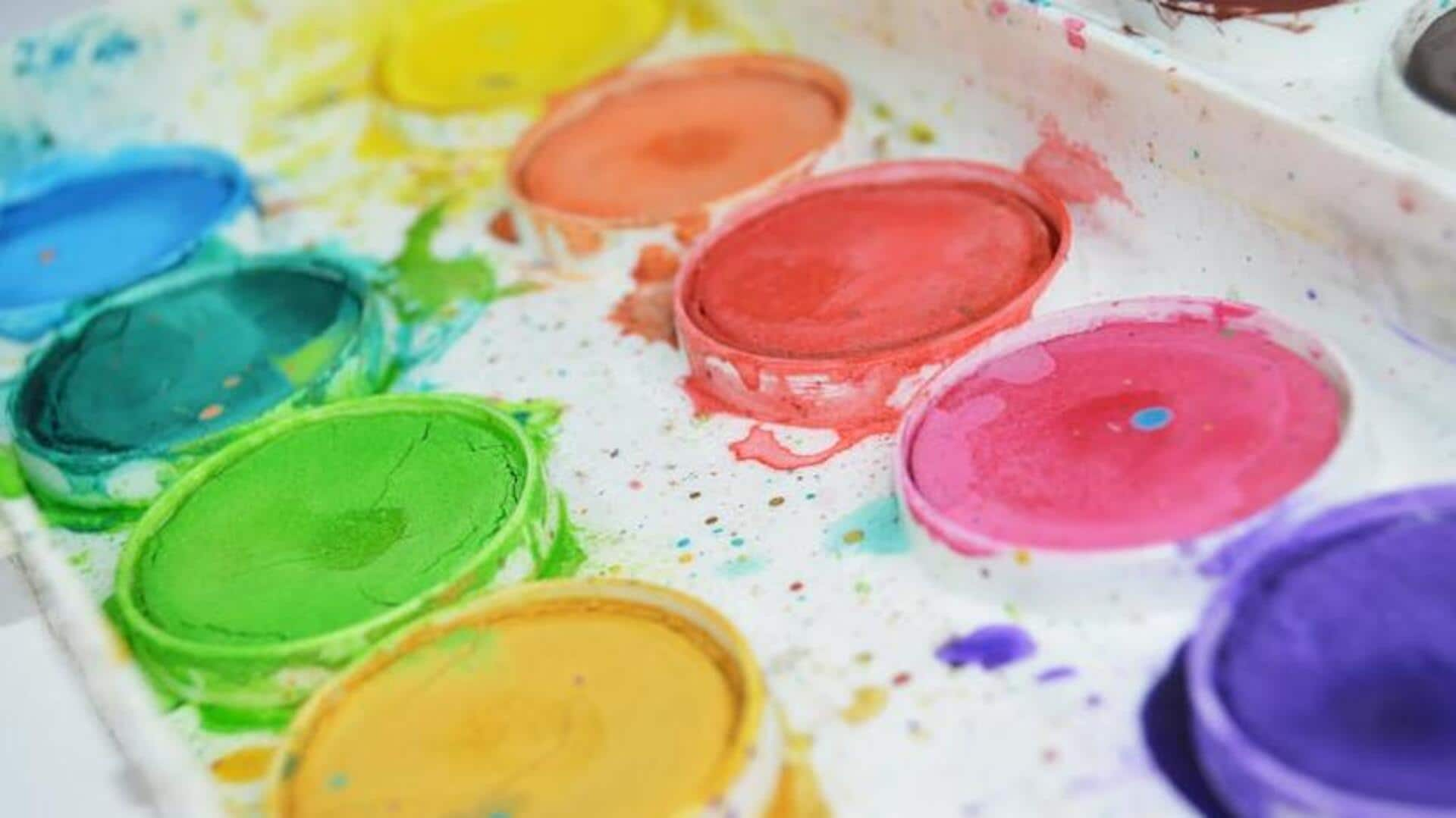
The quiet symphony: Traditional Indian and Japanese watercolors
What's the story
Exploring traditional Indian and Japanese watercolor techniques reveals a vibrant tapestry of cultural expression. Both countries have a rich history of using watercolors to portray landscapes, religious themes, and everyday life with delicate beauty. This article delves into the unique characteristics of these traditions, highlighting their historical origins, techniques, themes, and contemporary relevance.
History
Historical roots and evolution
Indian watercolor painting, rooted in Vedic scriptures, started as a way to illustrate manuscripts and miniatures. During the Mughal period, it adopted Persian elements. Japanese watercolor, or sumi-e, emerged in the 14th century under the influence of Zen Buddhism. It emphasizes simplicity and a deep connection with nature. Both traditions have evolved, but their essence remains the same.
Techniques
Techniques that define traditions
Indian watercolor techniques focus on layering transparent pigments on handmade paper, creating depth and luminosity. Conversely, Japanese sumi-e relies on diluted black ink to produce varying shades of gray, emphasizing minimalistic designs through disciplined brush strokes. Both styles demand skill and patience to express textures and underlying themes, mirroring the soul of their respective cultures.
Themes
Themes reflecting cultural essence
Indian watercolors depict a wide array of themes, from mythology and rural landscapes to scenes of everyday life, often serving as a mirror to societal values and norms. Japanese watercolors predominantly revolve around nature - think cherry blossoms, koi fish ponds, mountains shrouded in mist - they capture the fleeting beauty of life, often reflecting Buddhist and Shinto philosophies.
Relevance
Contemporary relevance and global influence
Despite the proliferation of modern art mediums, traditional Indian and Japanese watercolors are experiencing a global renaissance. Why? They offer philosophical depth and aesthetic appeal that resonate with artists seeking a contemplative retreat from digital saturation. Workshops, exhibitions, and online tutorials are drawing global audiences eager to embrace mindfulness through art.
Education
Preserving tradition through education
Both India and Japan are making strides to keep these ancient art forms alive through dedicated classes in schools and informal workshops led by master artists for enthusiasts of all ages. Museums specializing in traditional arts also serve as vital hubs for public education, showcasing these timeless techniques to ensure they continue to inspire future generations.